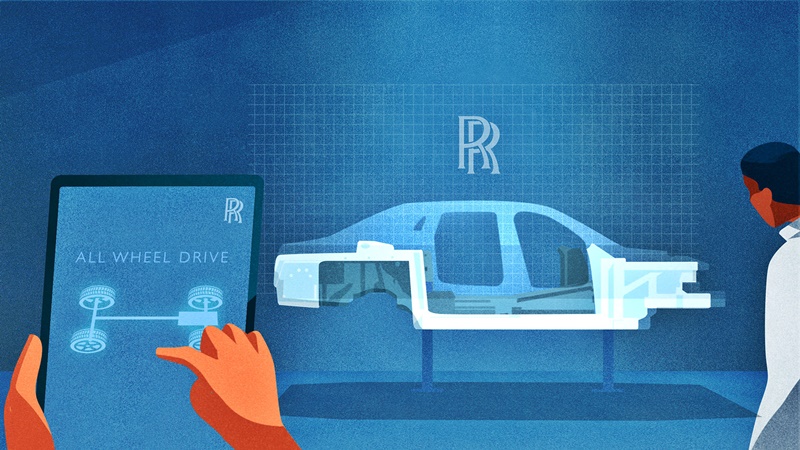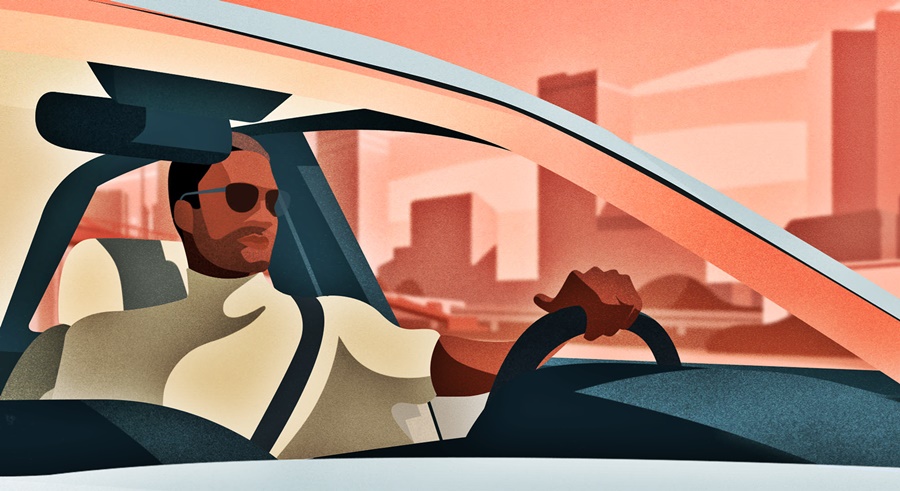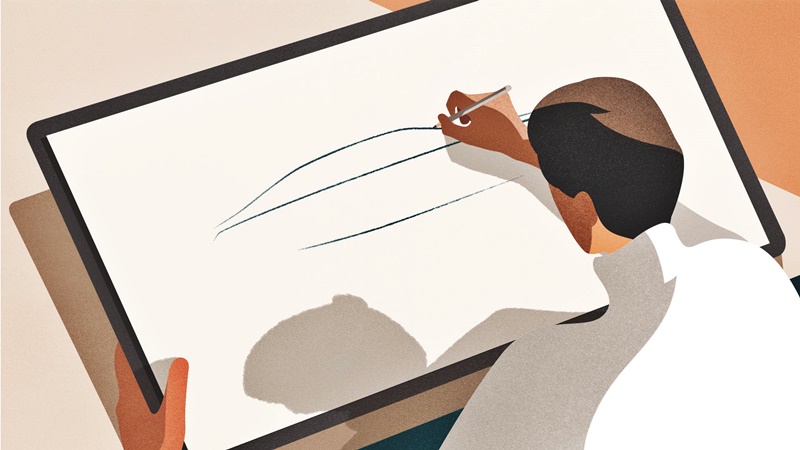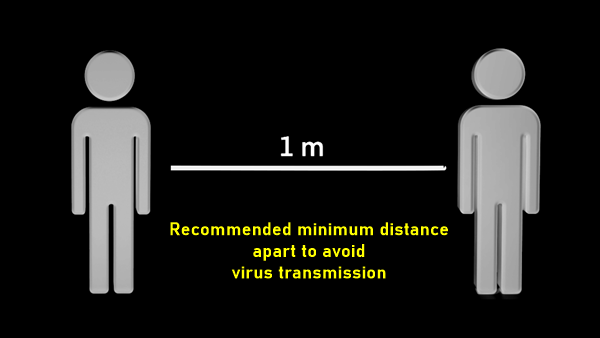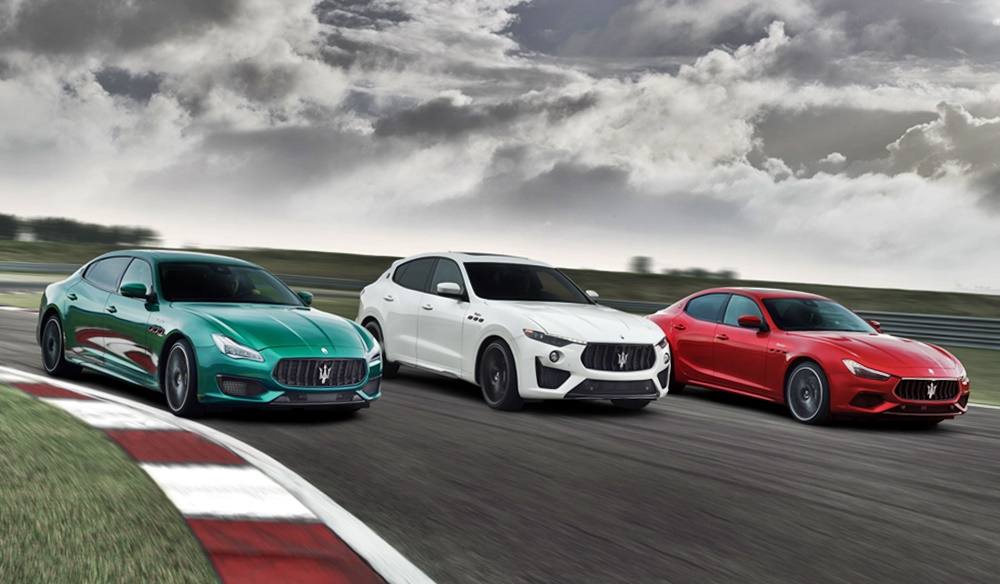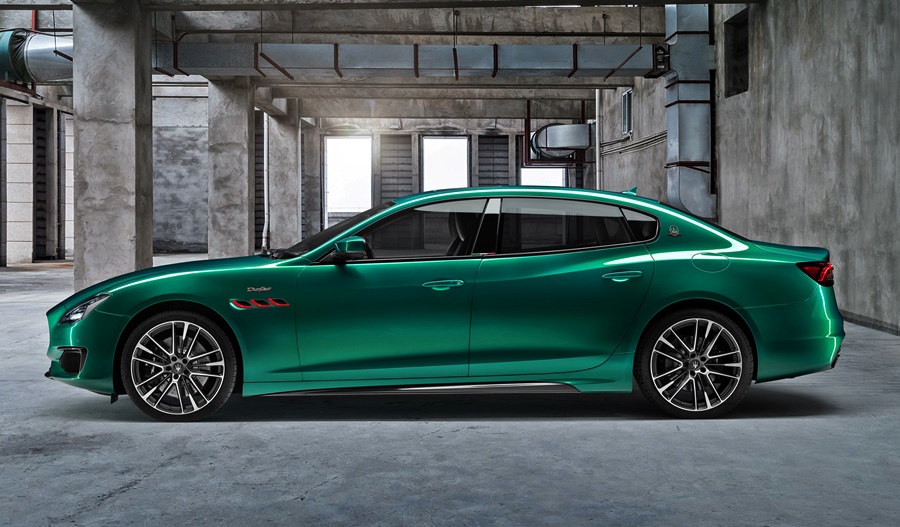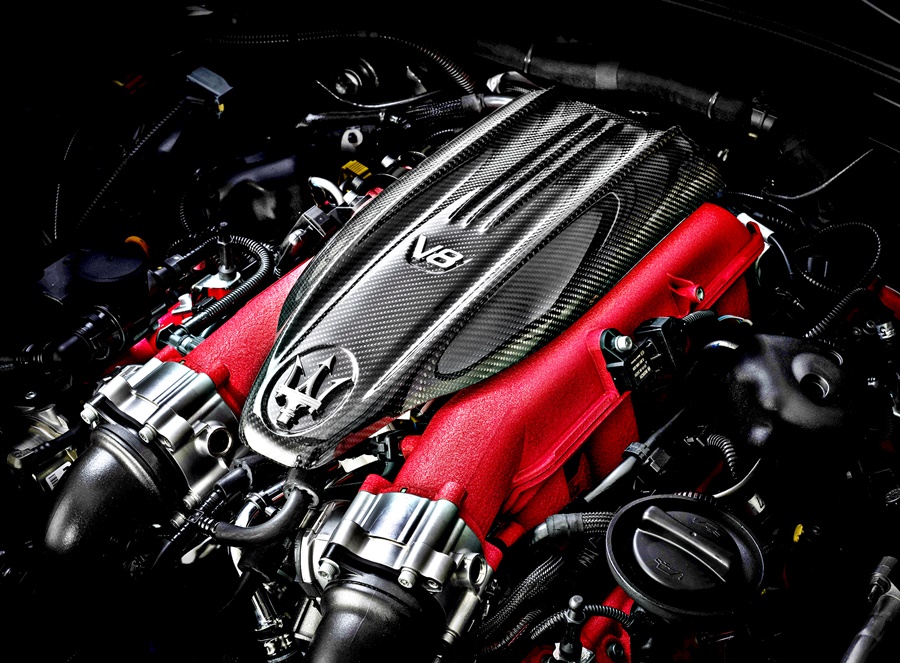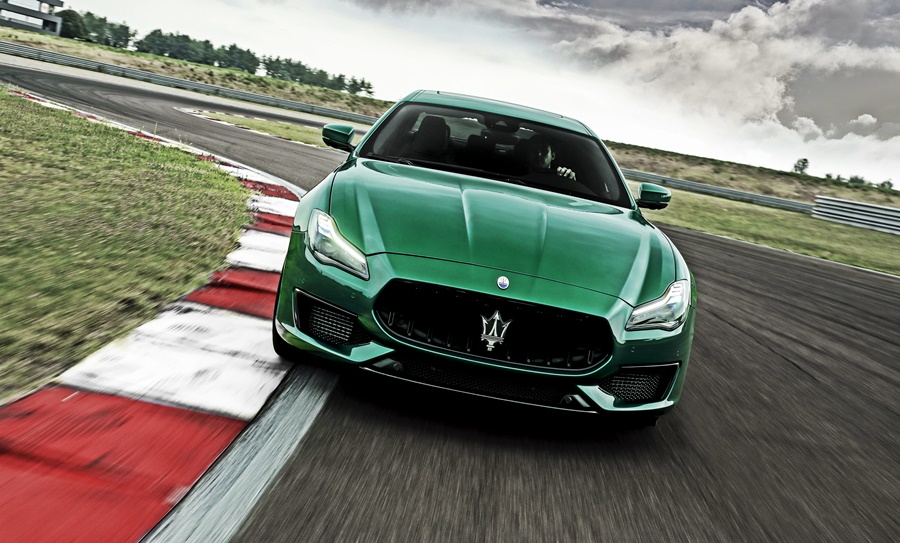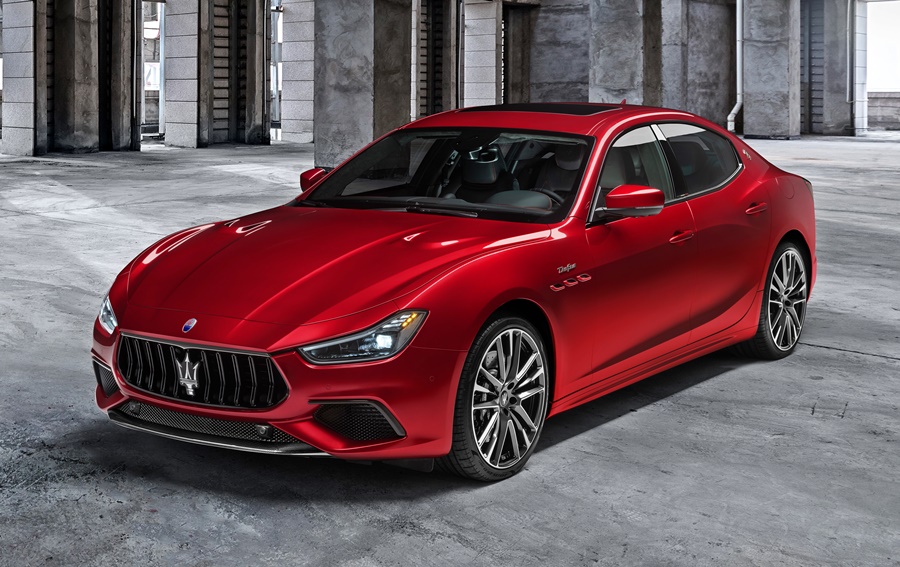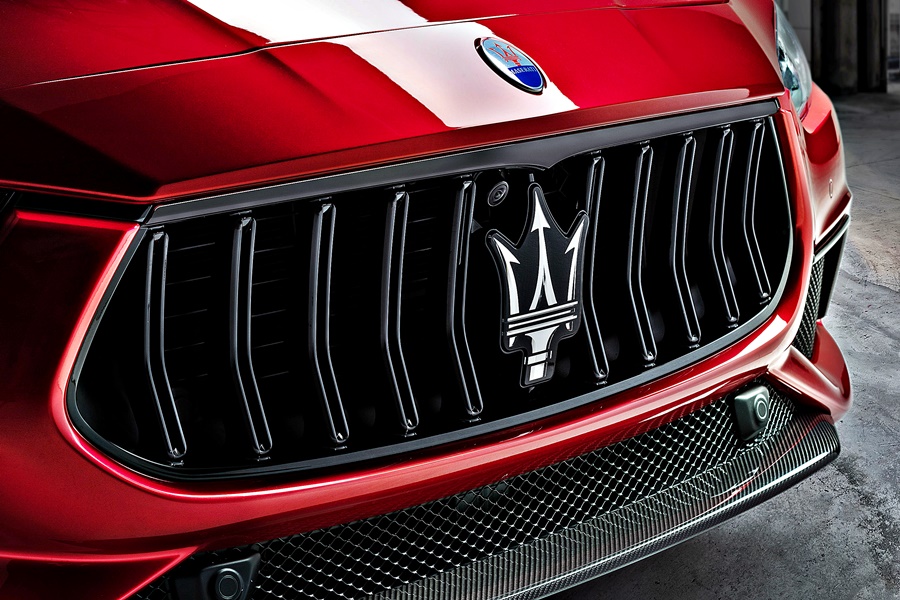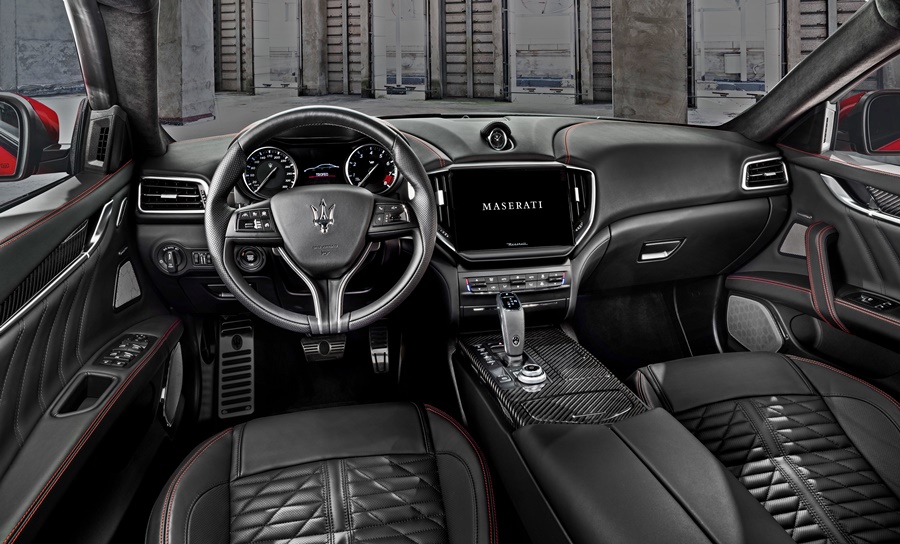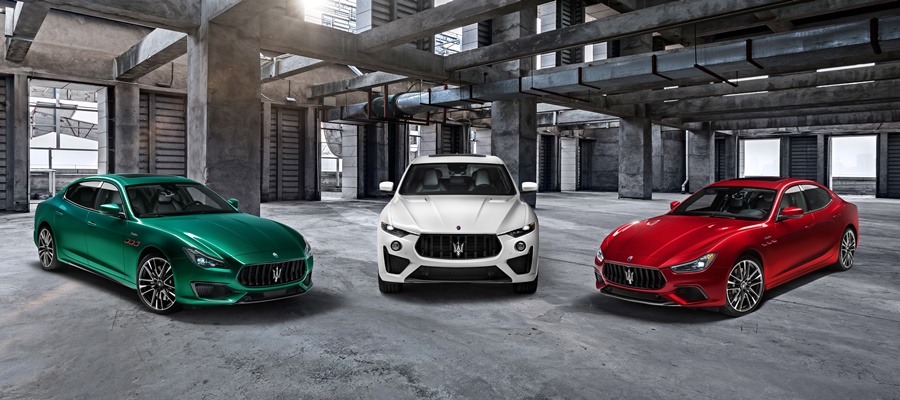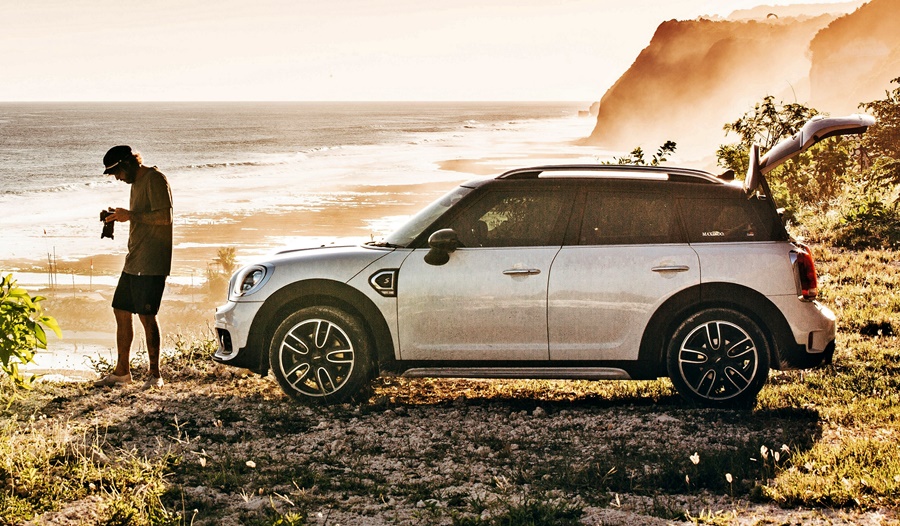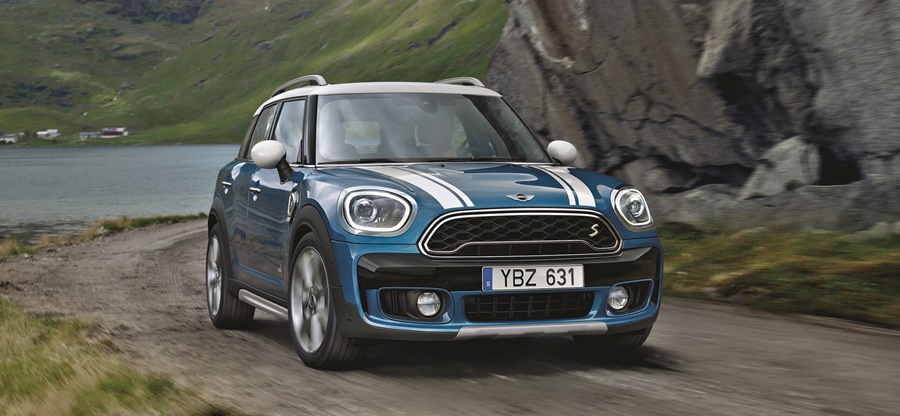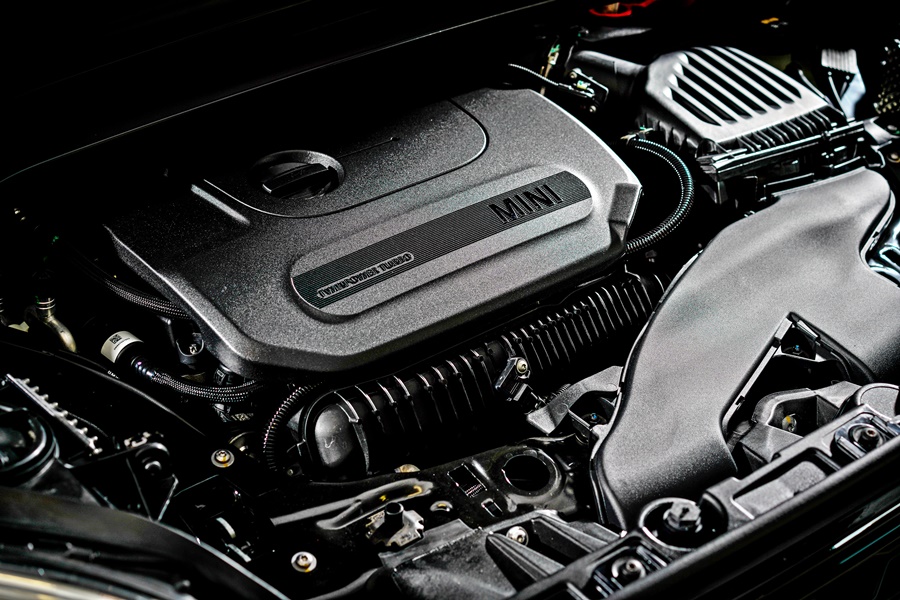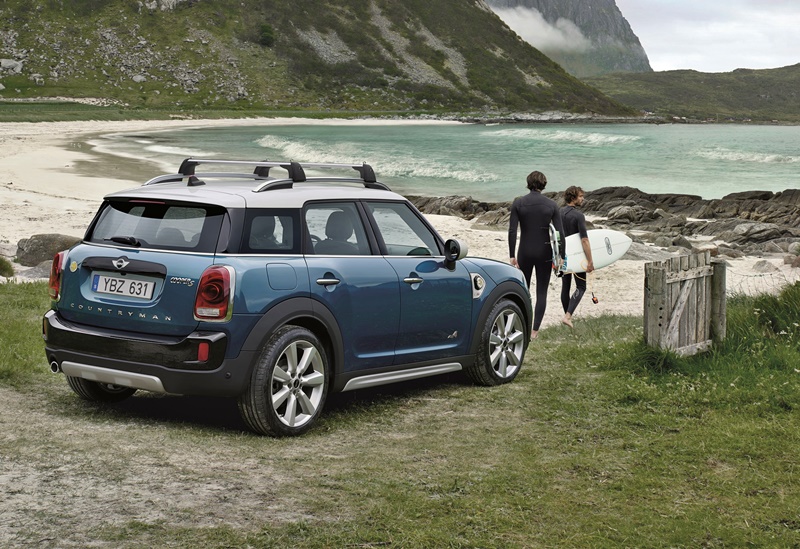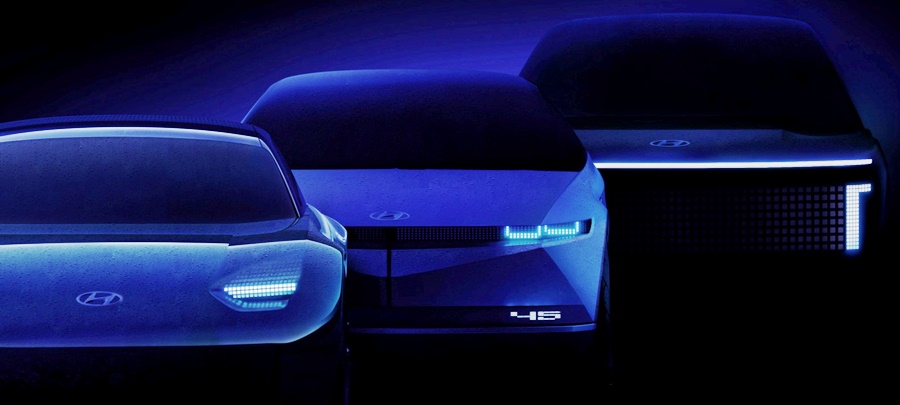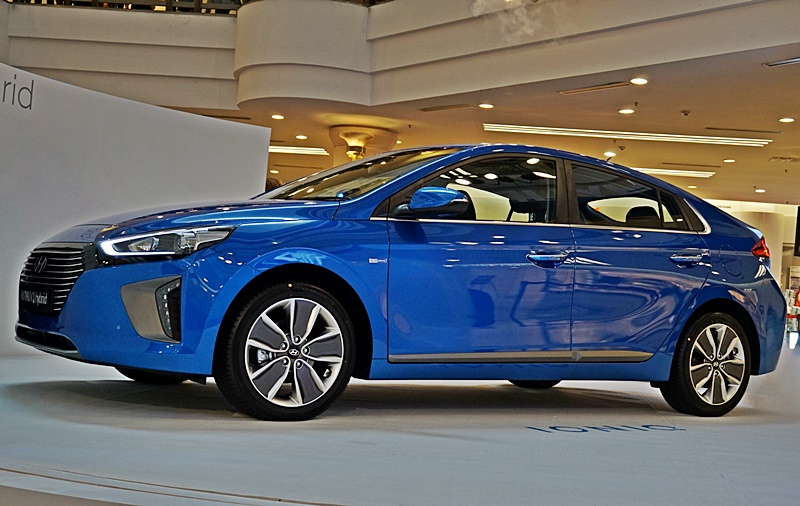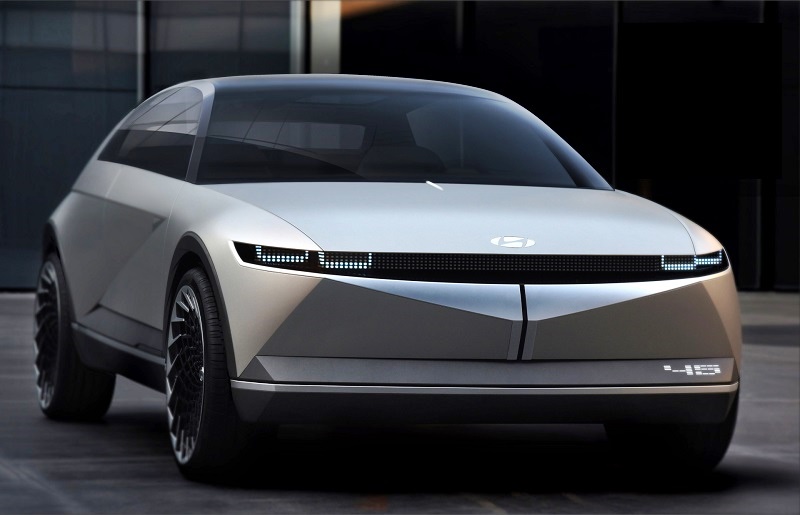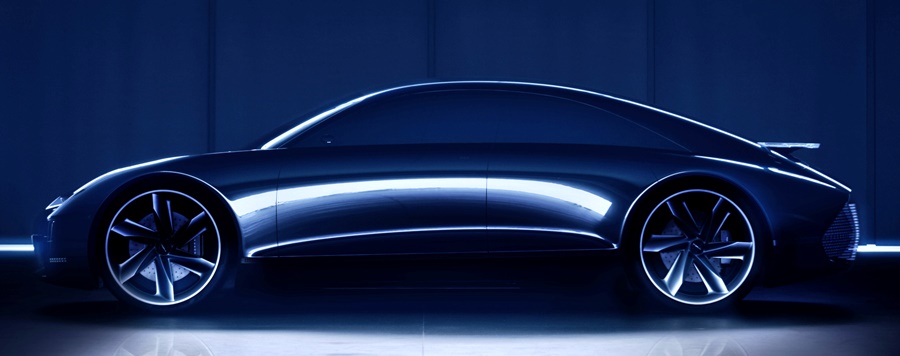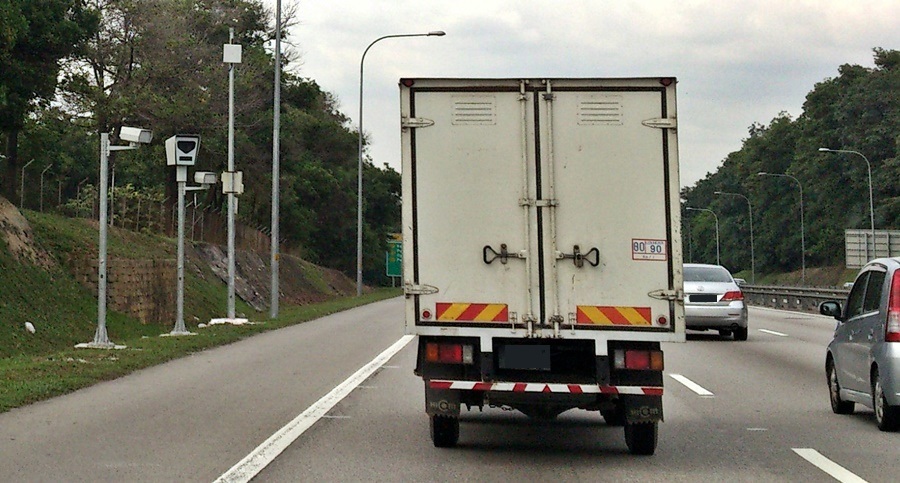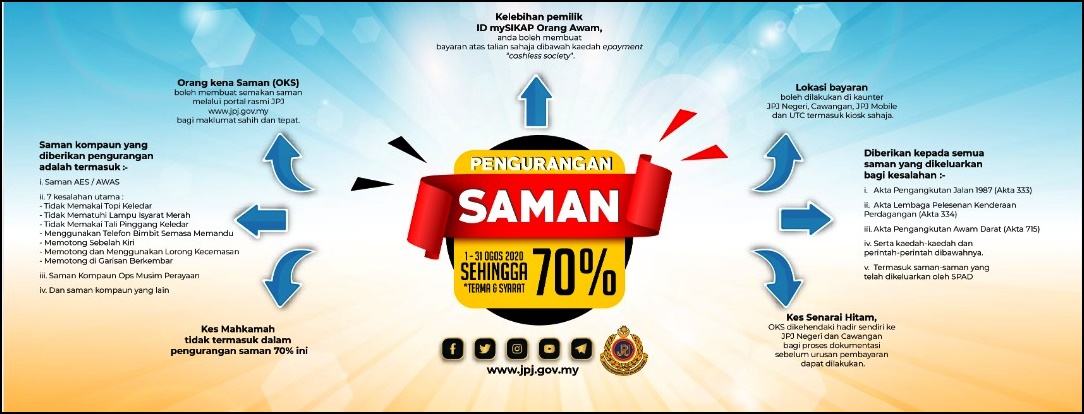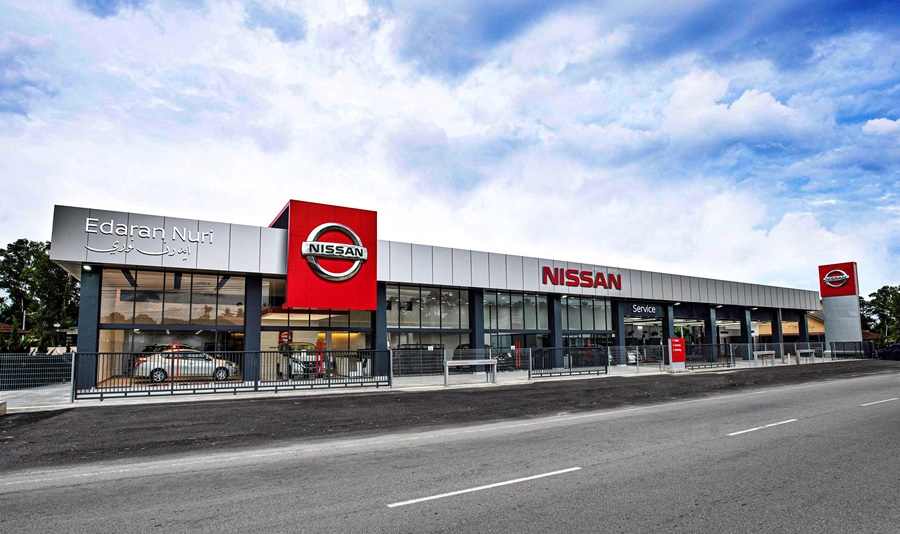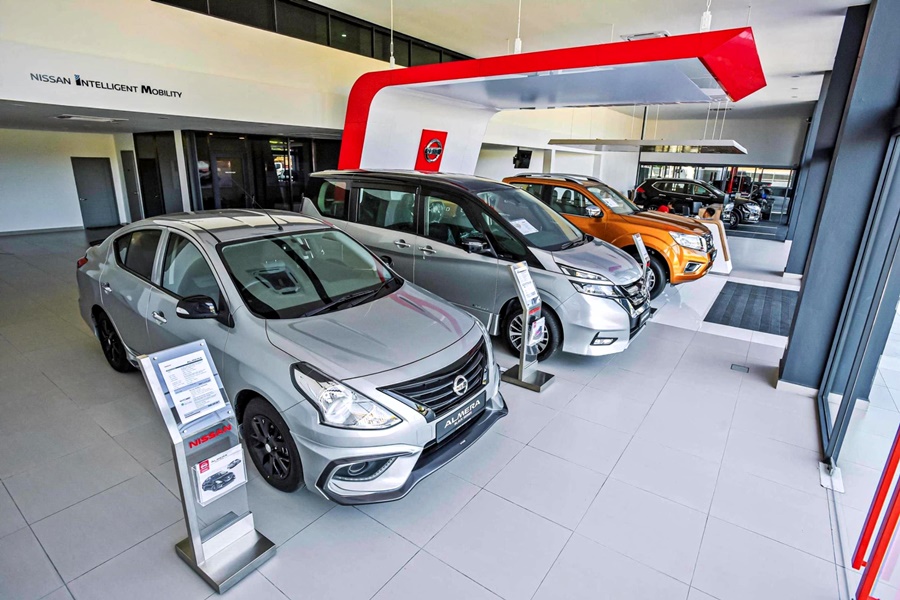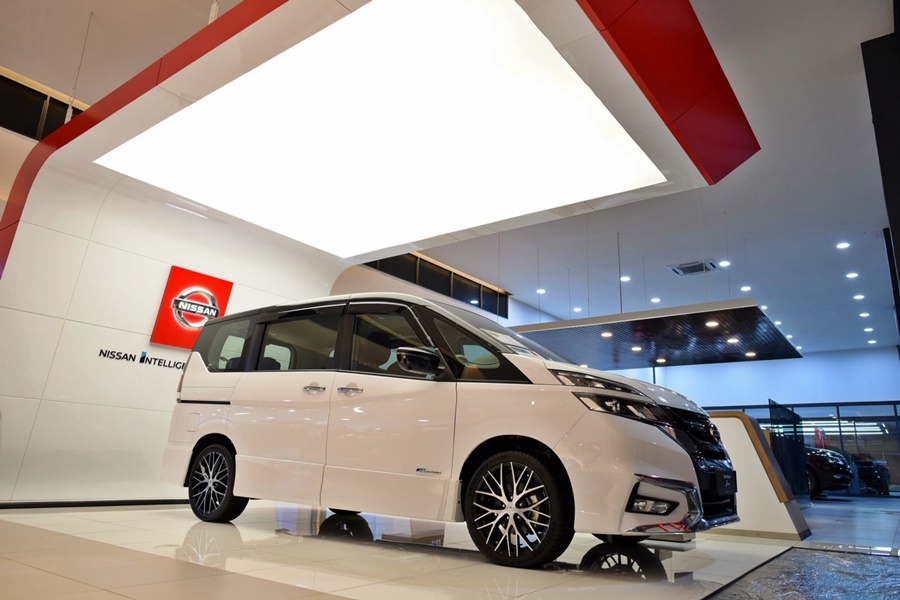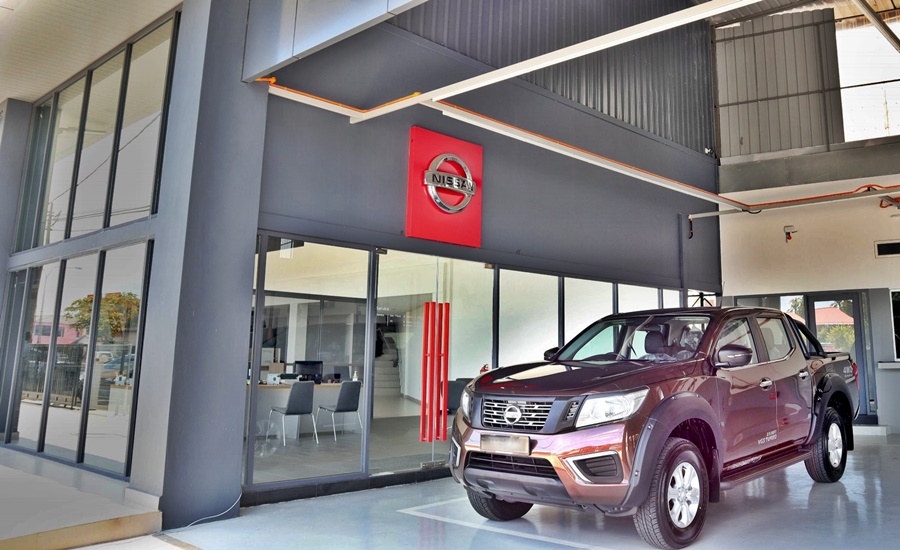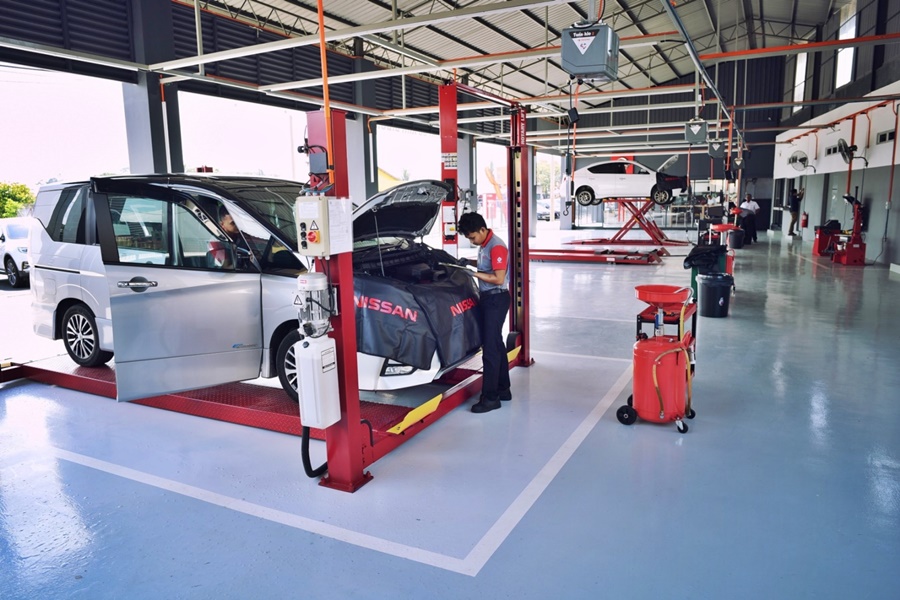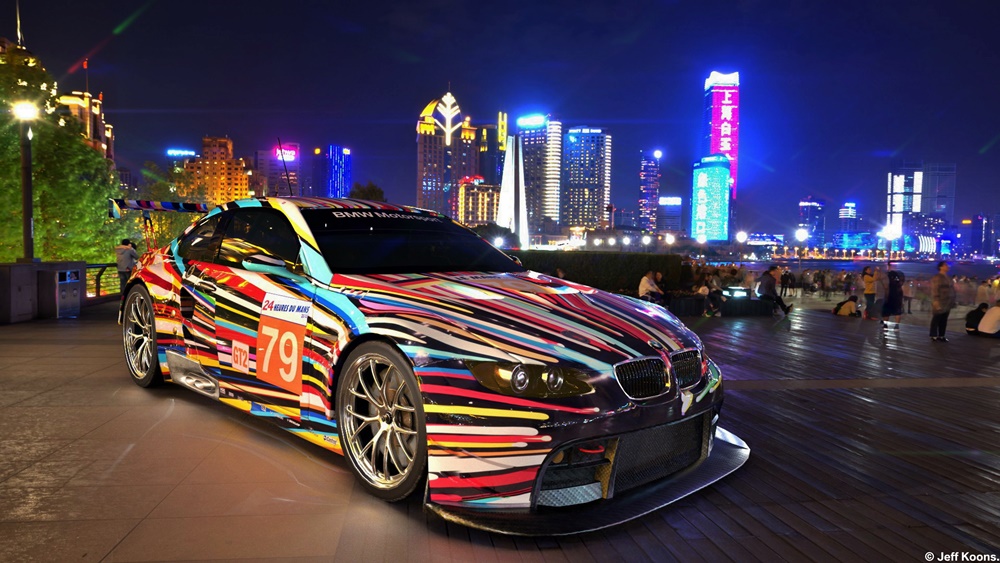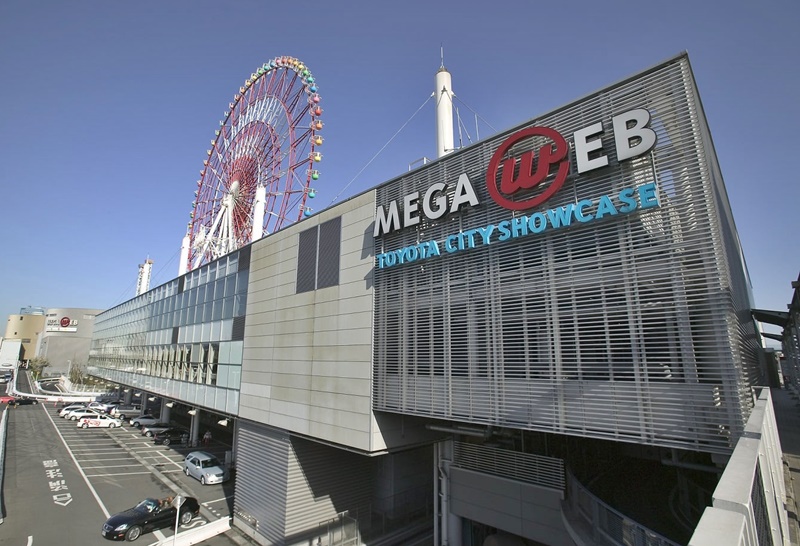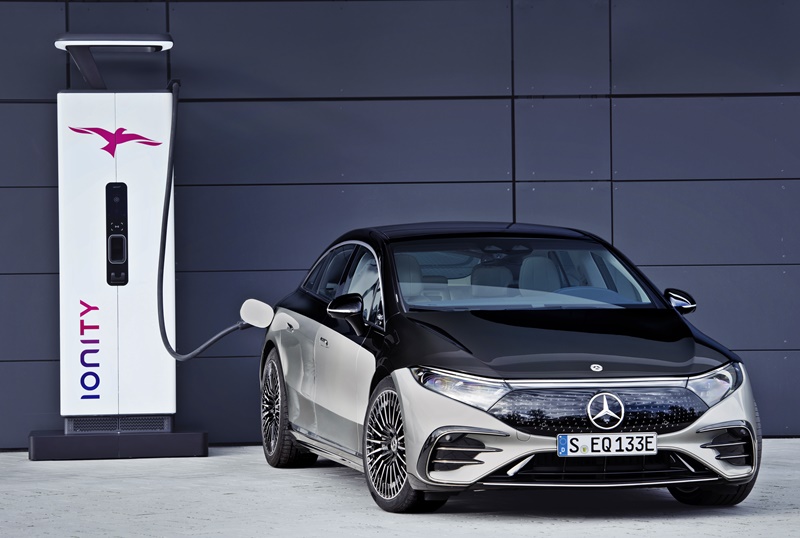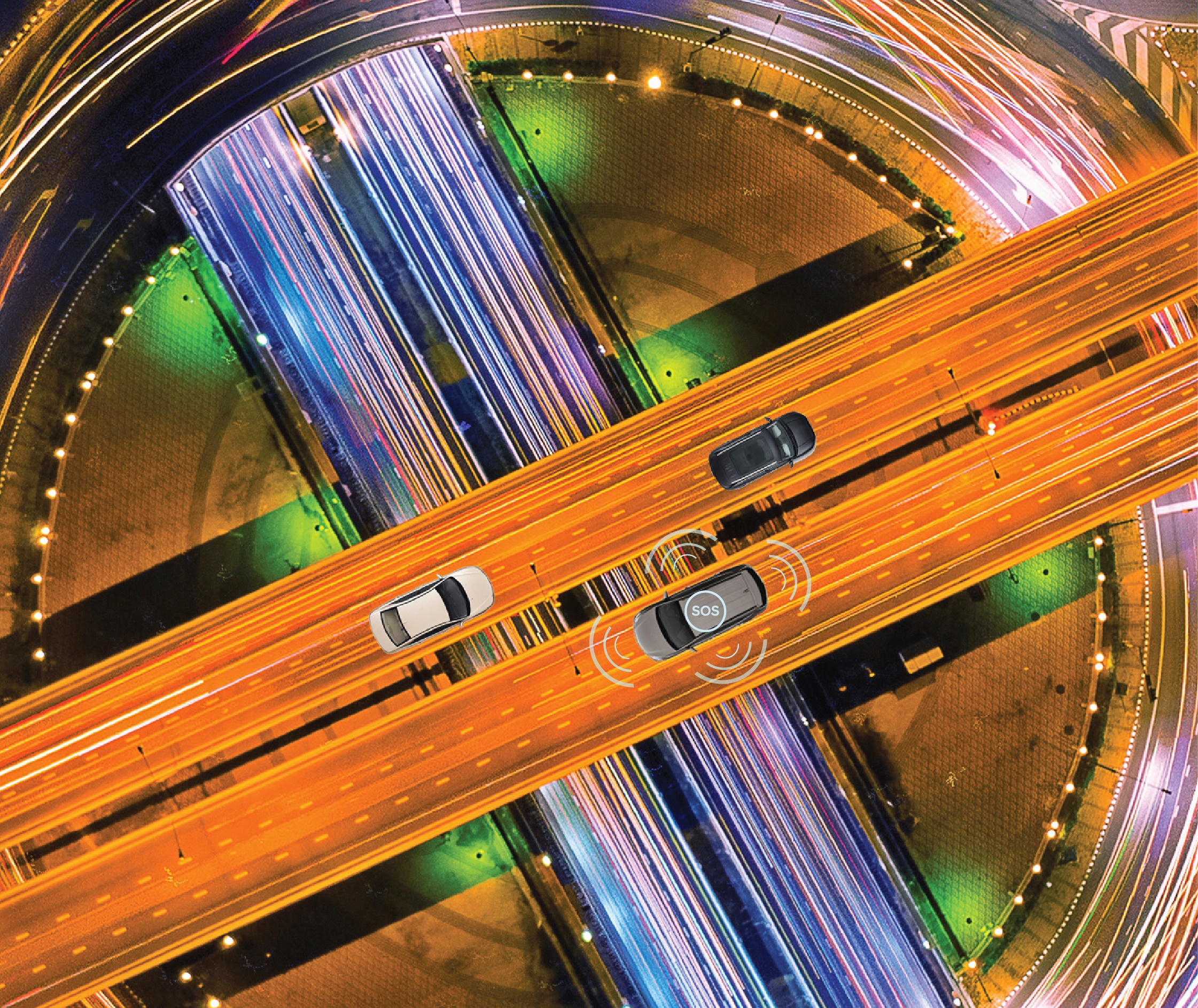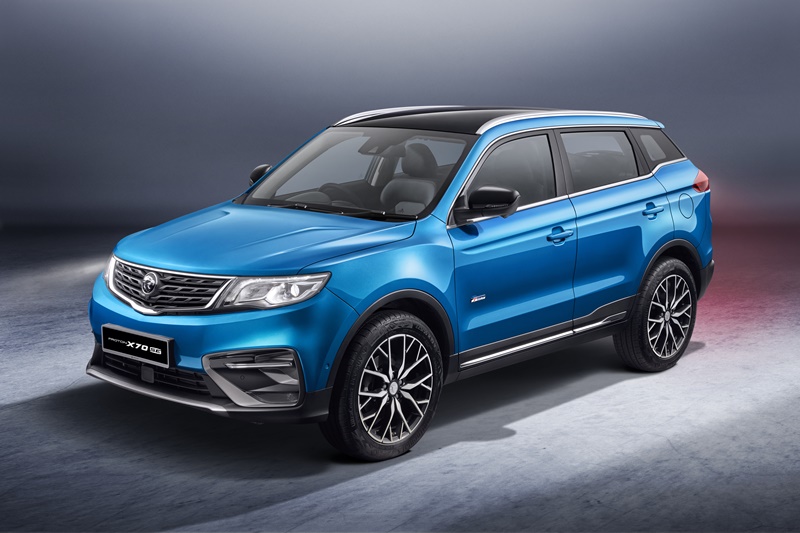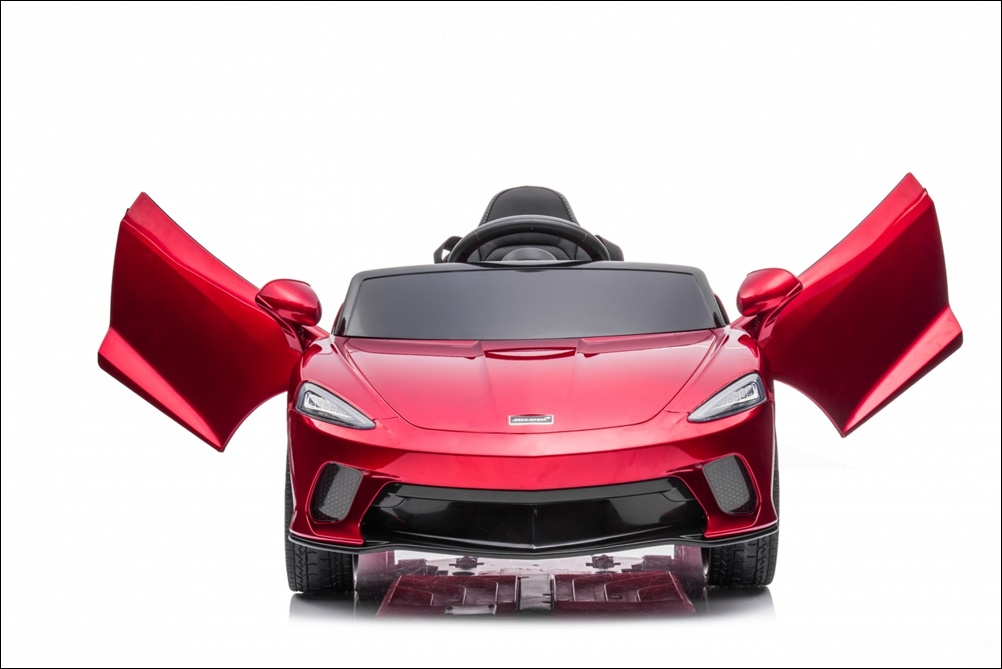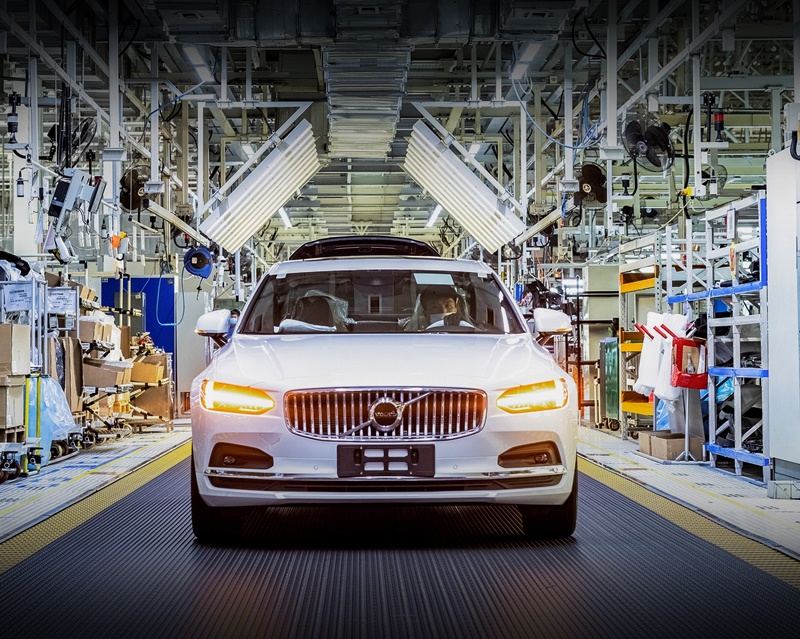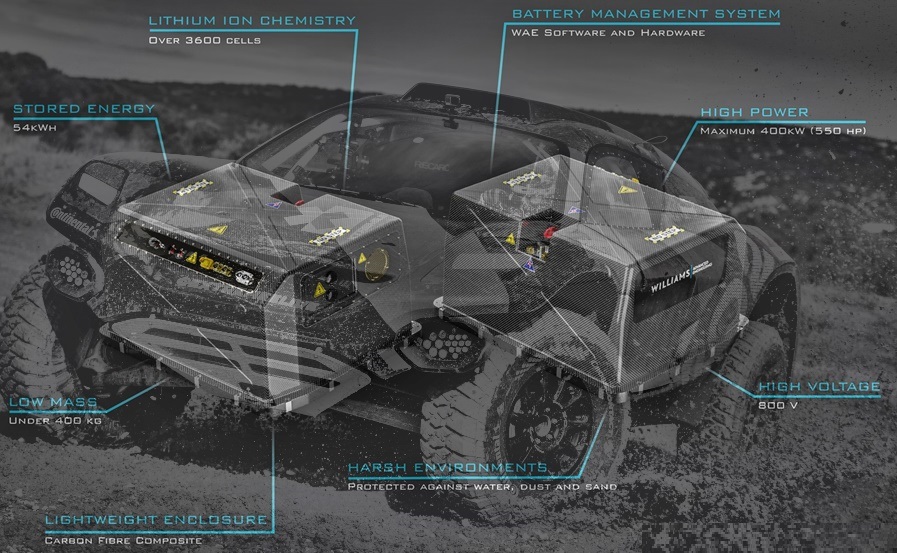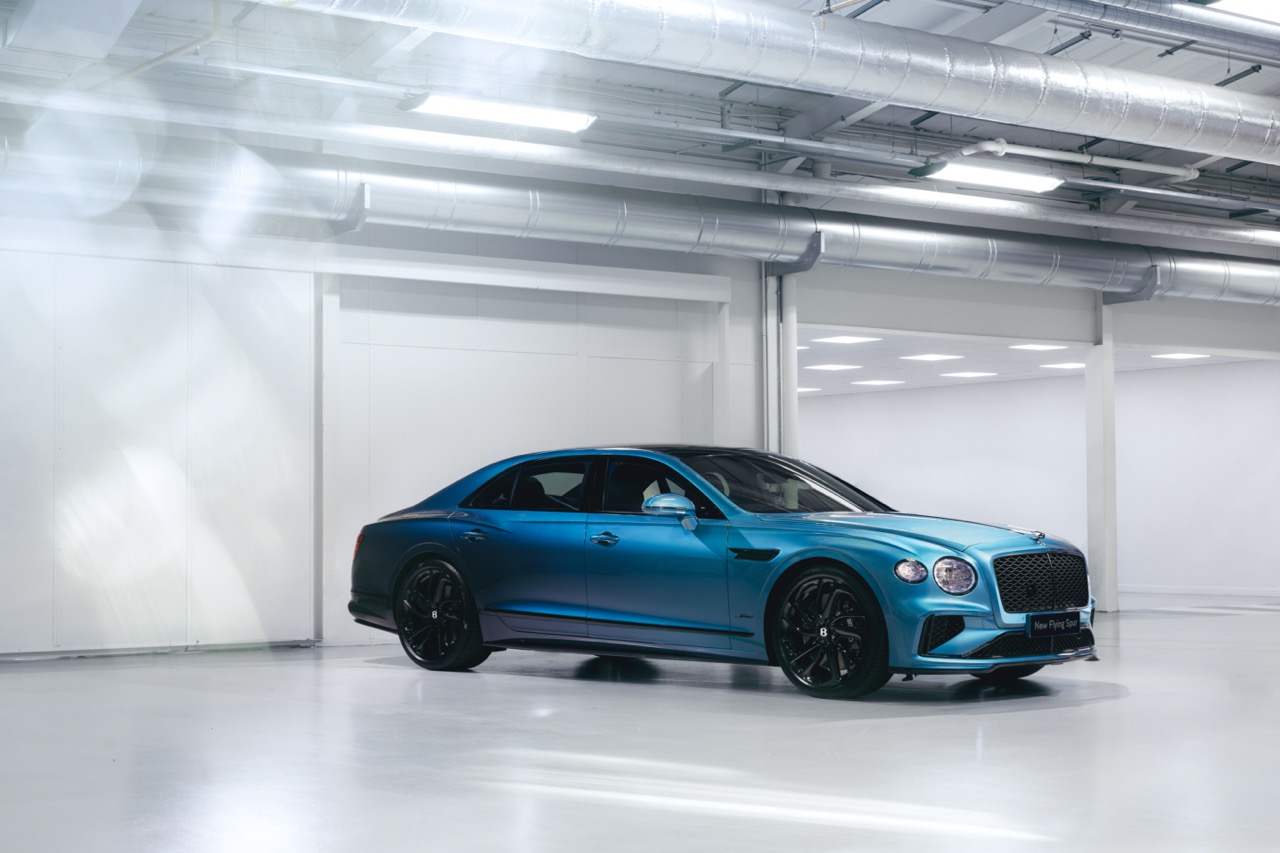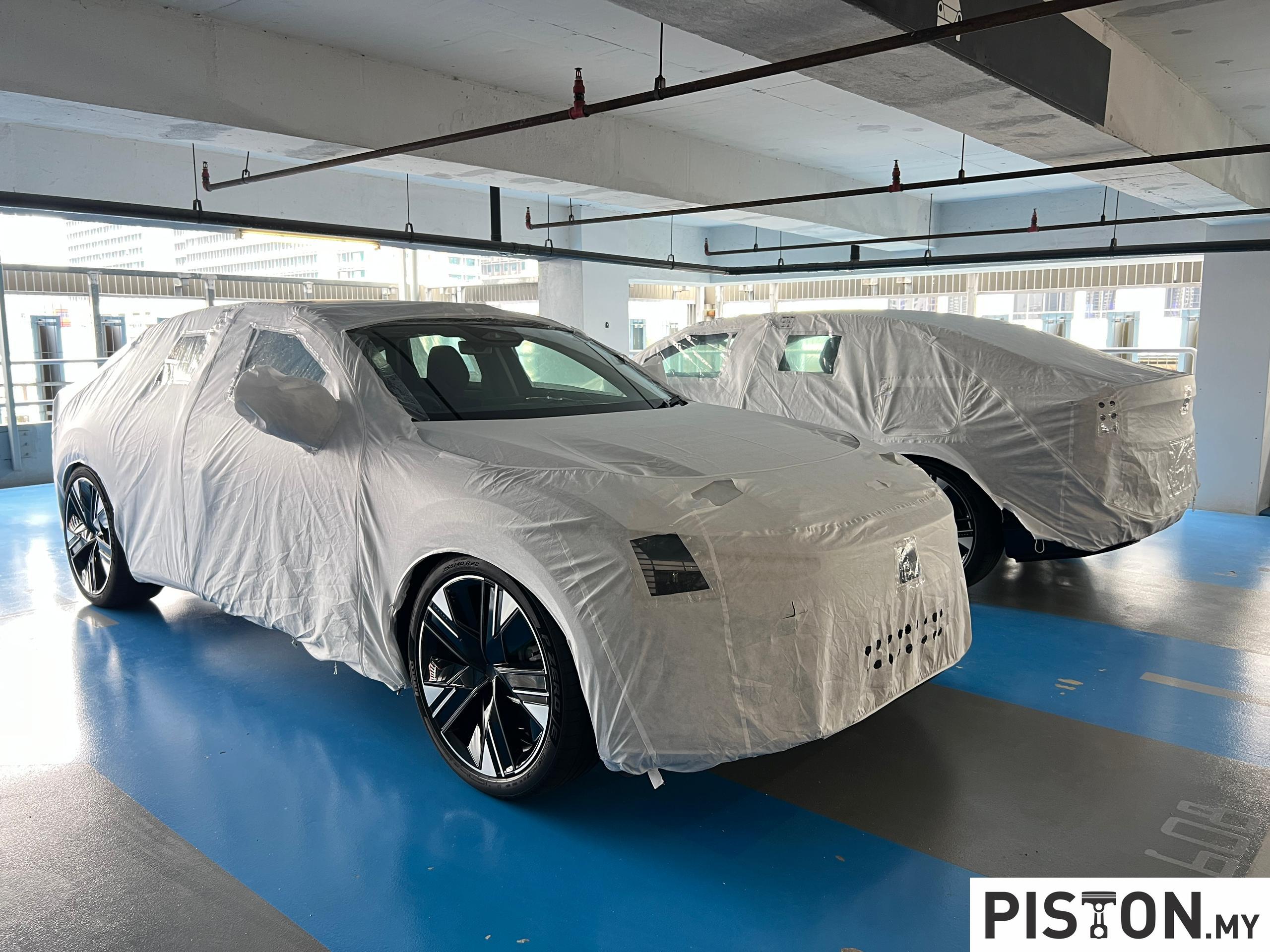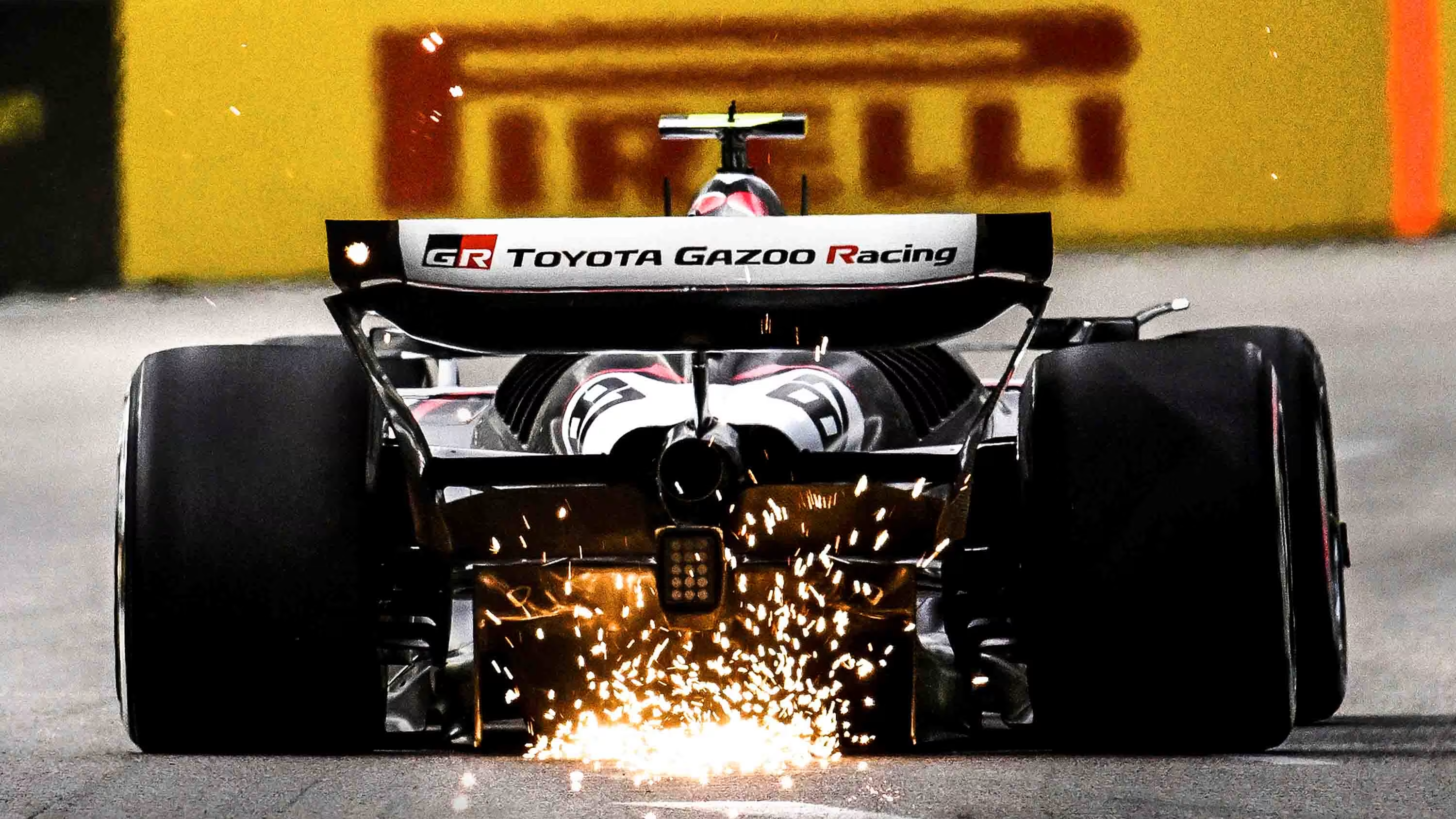The first Rolls-Royce Ghost reflected a layer of clients who use their Rolls-Royce in a completely unique way. These men and women required a motorcar able to offer an impeccable chauffeur-driven experience as well as a vibrant dynamic personality when they chose to drive it themselves.
In 2009, when the first Ghosts entered the market, this collective of business leaders, founders and entrepreneurs were unanimous in their feedback that the marque had created a product that balanced their requests perfectly.
When these clients were informed that Rolls-Royce would begin developing the second generation of the Ghost – expected to be unveiled before the end of this year – their request was simple: deliver a motorcar that they could use even more. They desired something even more refined to be driven in and even more enjoyable to drive.
Meeting the challenging brief
To fulfil this challenging brief, the engineering experts at the 114-year old company rejected the use of a pre-existing platform. Instead, they have configured the marque’s proprietary ‘Architecture of Luxury’ aluminium spaceframe chassis to incorporate elements of the brand’s existing model portfolio such as all-wheel drive and all-wheel steering.
At the same time, the structure has been adapted to accommodate significant advances in Rolls-Royce’s hallmark magic carpet ride and dynamic abilities. Naturally, these qualities are expected especially by those who have owned a Rolls-Royce.
“Ghost clients told us that it’s the car in their collection that they’re drawn to the most. They love its uncomplicated versatility. It’s not trying to be a sportscar, it’s not trying to be a grand statement – it’s simply exceptional and exceptionally simple,” said Jonathan Simms, New Ghost Engineering Lead.
The Planar system
A key development was the Planar system, which is consists of three elements. The system allows new Ghost to anticipate and react to even the most demanding road surface.
The first is an Upper Wishbone Damper unit which is mounted above the front suspension assembly and creates an even more stable and effortless ride. The result of three years of development, this is a world-first technology.
The second is the Flagbearer system, a predictive system which uses cameras to read the road ahead and prepare the suspension system for any changes in road surface. The third is Satellite Aided Transmission, which draws GPS data to pre-select the optimum gear for upcoming corners.
Pushing the architecture further
During the engineering design process, chassis and suspension specialists were tasked with regularly presenting the technical advances they had made to other departments, as well as showcasing how these remarkable developments met the client brief.
“When it came to creating a new Ghost – one that outshines its incredibly capable predecessor – the engineering team had to start from scratch. We pushed our architecture even further and created a car even more dynamic, even more luxurious and, most of all, even more effortlessly useable,” Simms promises.

